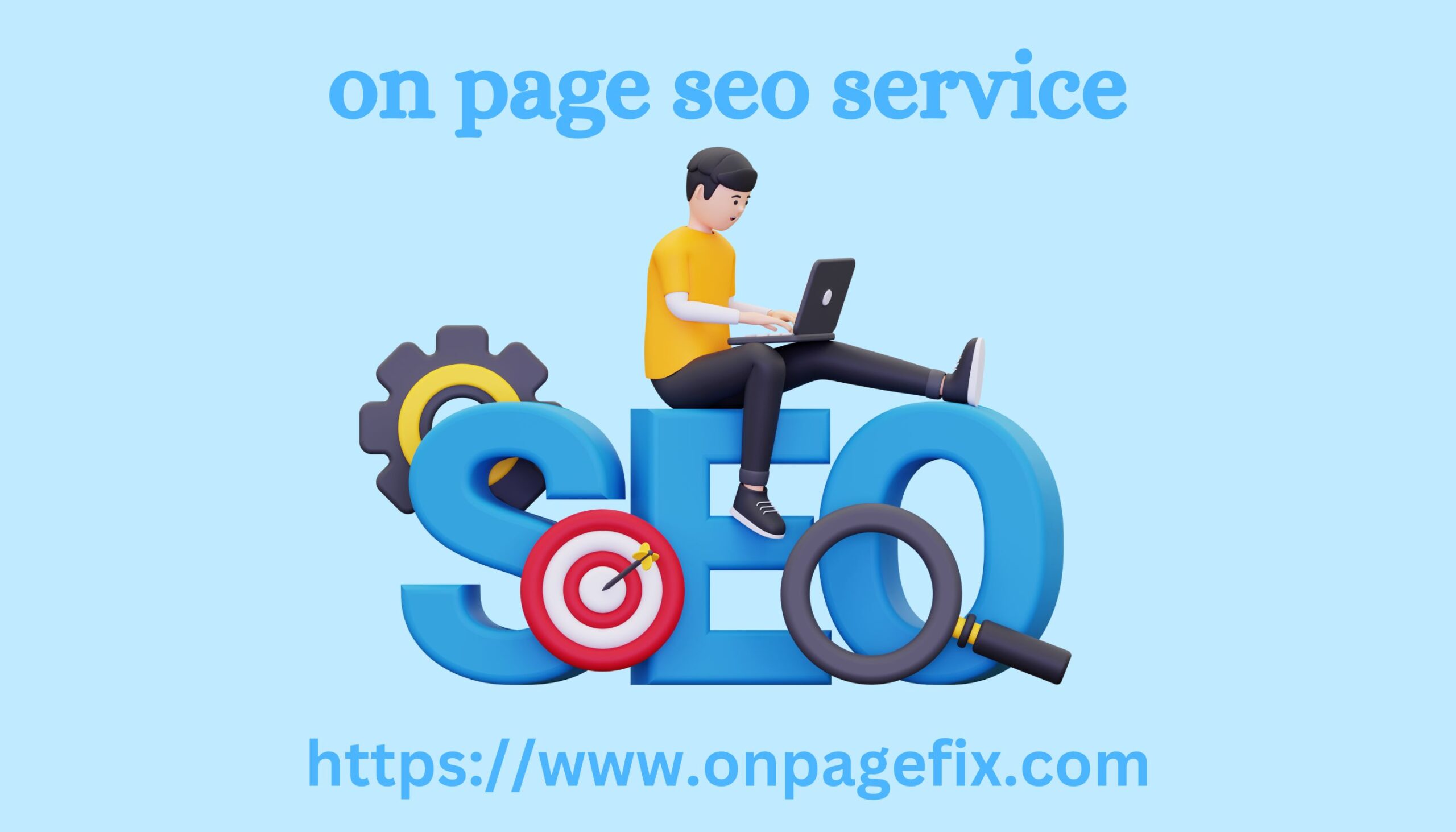Post by sinthiya007 on Nov 9, 2024 23:05:31 GMT -5
Why do healthcare companies need WhatsApp?
WhatsApp is used daily by 2 billion people , 83 million of whom are Russians. The audience of clinics and pharmaceutical companies is definitely present in this messenger.
The Open Rate, Engagement Rate and conversion of WhatsApp mailings significantly exceed the indicators of SMS, emails and other communication channels. For example, the average Open Rate of messenger mailings is 90%, and email mailings are only 20%.
Moreover, according to our data, WhatsApp on page seo service medical newsletters have the highest Open Rate of all industries - 93.8%. And at the same time, one of the lowest unsubscribe rates - only 1.3%. Users consider newsletters from medical companies useful, so if you "get" into the client's phone, you will probably stay there for a long time.

WhatsApp can help you increase your profitability while reducing the workload of your employees:
If clients forget about their doctor's appointment, confuse the time and address, or simply do not show up, this can be solved by sending automatic reminders, the ability to cancel/reschedule an appointment via WhatsApp, without calling the reception desk.
The client ordered something from the pharmacy — information about the order status can be automatically sent via messenger. And if the client ordered with delivery to the pharmacy — remind them to pick up the goods.
Patients often ask typical questions (how to get to you, what time do you work, can I buy medicine without a prescription, etc.) - let them ask the bot and get answers.
You can send a mass mailing or connect a chatbot only if the company uses WhatsApp Business API. In addition, the business solution allows you to connect several managers to work in one account, set up integration with CRM.
Let's conditionally divide all medical companies into two categories:
clinics (including cosmetology) and diagnostic centers;
pharmaceutical companies that produce and sell drugs.
WhatsApp has different requirements and capabilities for these categories, so we will look at each of them separately.
WhatsApp is used daily by 2 billion people , 83 million of whom are Russians. The audience of clinics and pharmaceutical companies is definitely present in this messenger.
The Open Rate, Engagement Rate and conversion of WhatsApp mailings significantly exceed the indicators of SMS, emails and other communication channels. For example, the average Open Rate of messenger mailings is 90%, and email mailings are only 20%.
Moreover, according to our data, WhatsApp on page seo service medical newsletters have the highest Open Rate of all industries - 93.8%. And at the same time, one of the lowest unsubscribe rates - only 1.3%. Users consider newsletters from medical companies useful, so if you "get" into the client's phone, you will probably stay there for a long time.

WhatsApp can help you increase your profitability while reducing the workload of your employees:
If clients forget about their doctor's appointment, confuse the time and address, or simply do not show up, this can be solved by sending automatic reminders, the ability to cancel/reschedule an appointment via WhatsApp, without calling the reception desk.
The client ordered something from the pharmacy — information about the order status can be automatically sent via messenger. And if the client ordered with delivery to the pharmacy — remind them to pick up the goods.
Patients often ask typical questions (how to get to you, what time do you work, can I buy medicine without a prescription, etc.) - let them ask the bot and get answers.
You can send a mass mailing or connect a chatbot only if the company uses WhatsApp Business API. In addition, the business solution allows you to connect several managers to work in one account, set up integration with CRM.
Let's conditionally divide all medical companies into two categories:
clinics (including cosmetology) and diagnostic centers;
pharmaceutical companies that produce and sell drugs.
WhatsApp has different requirements and capabilities for these categories, so we will look at each of them separately.
